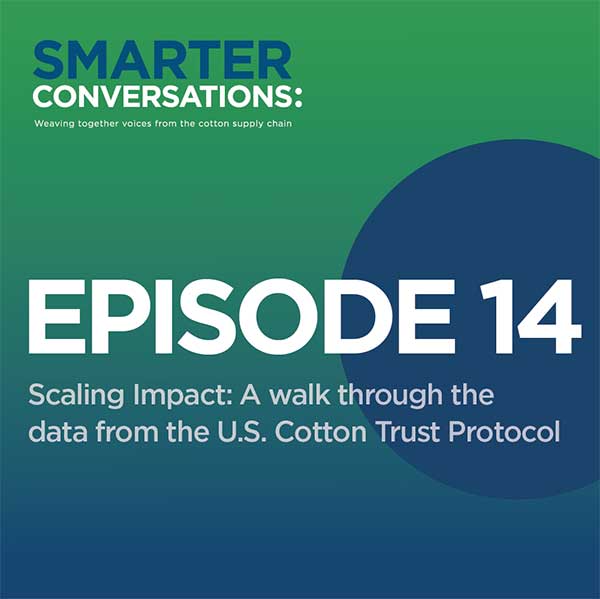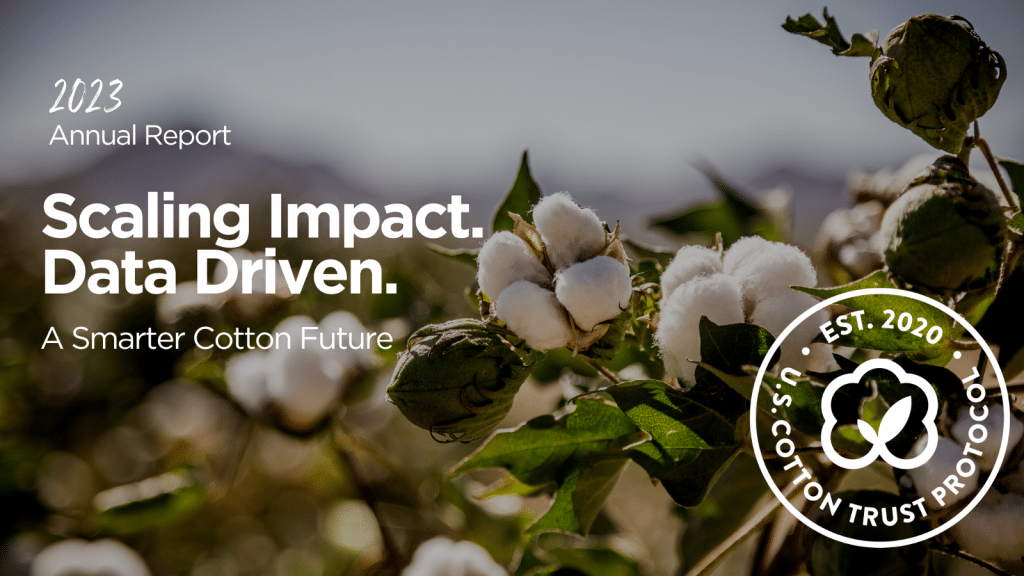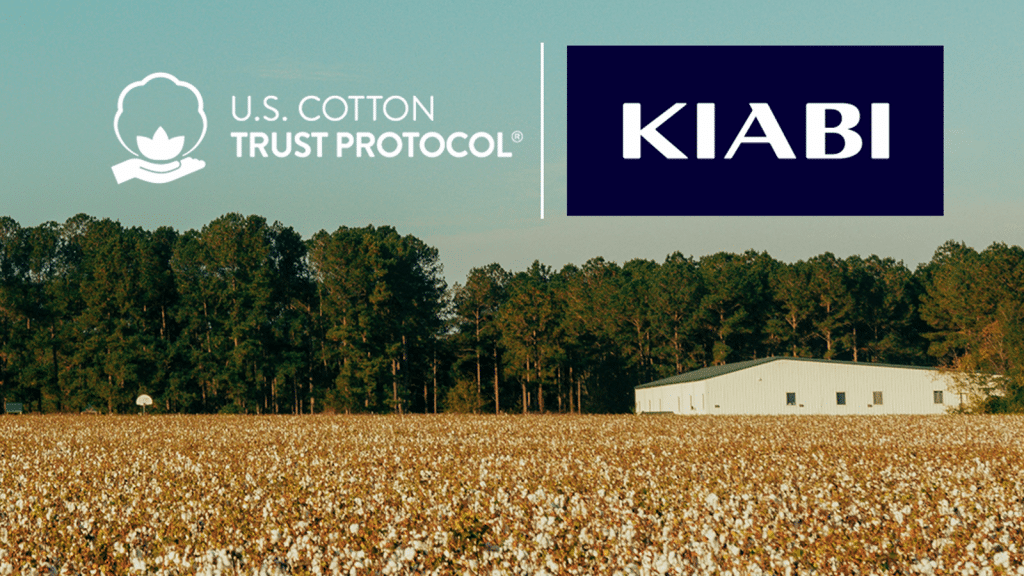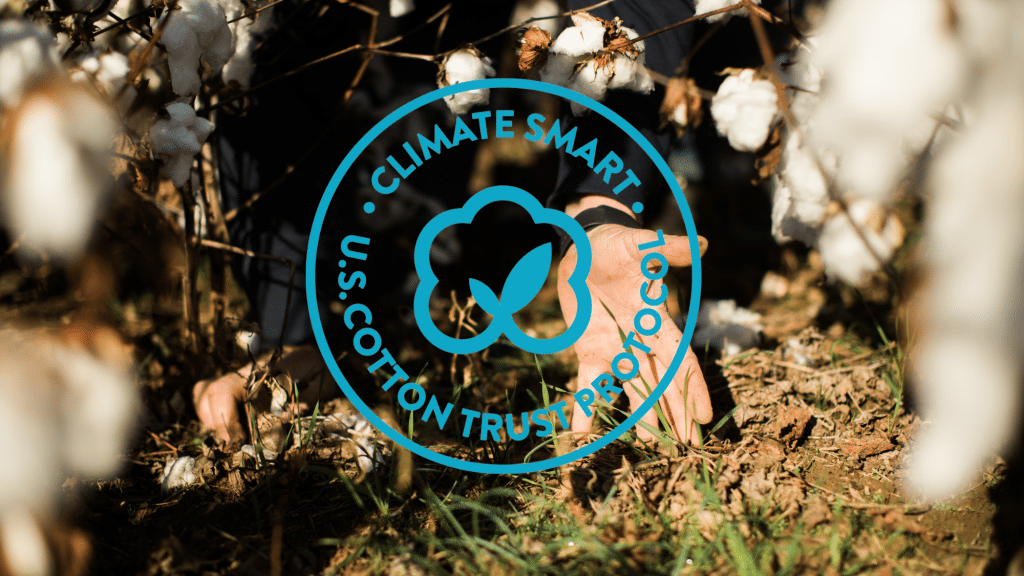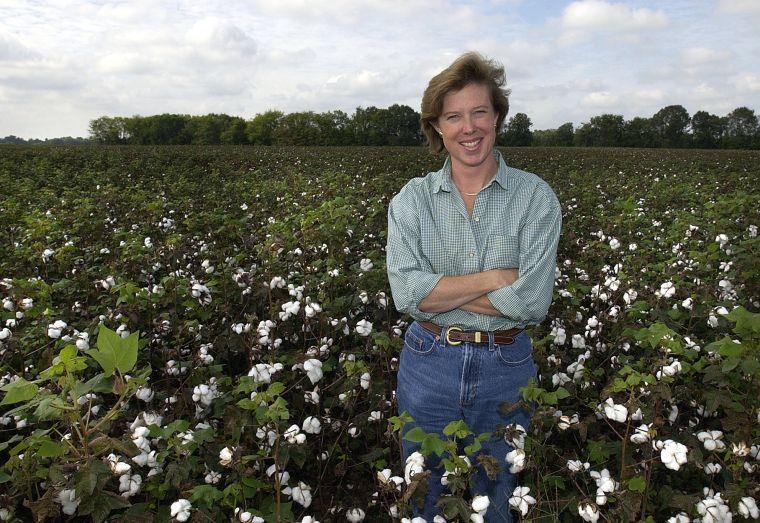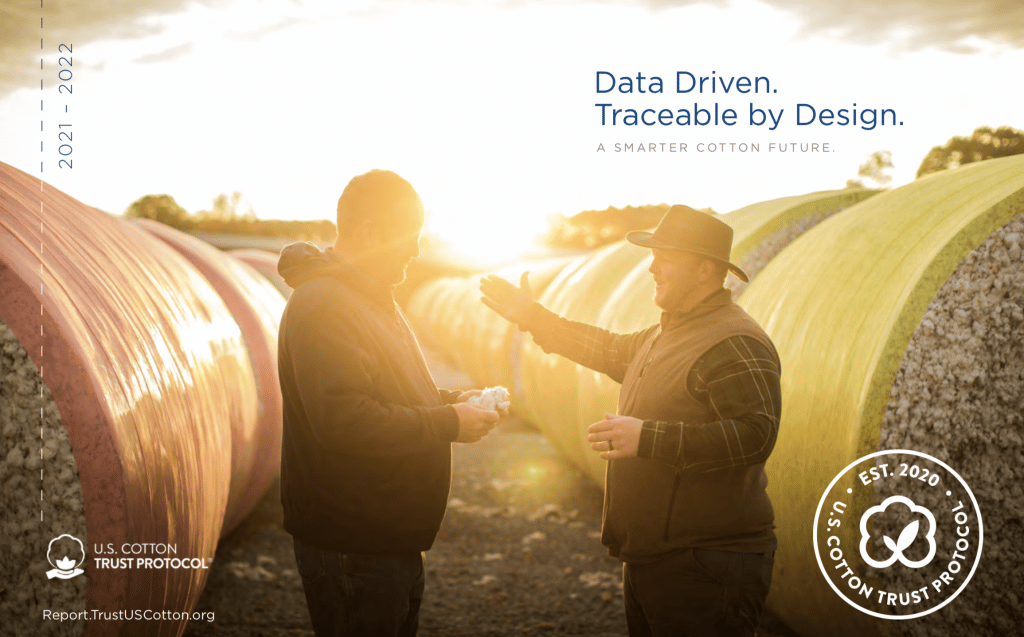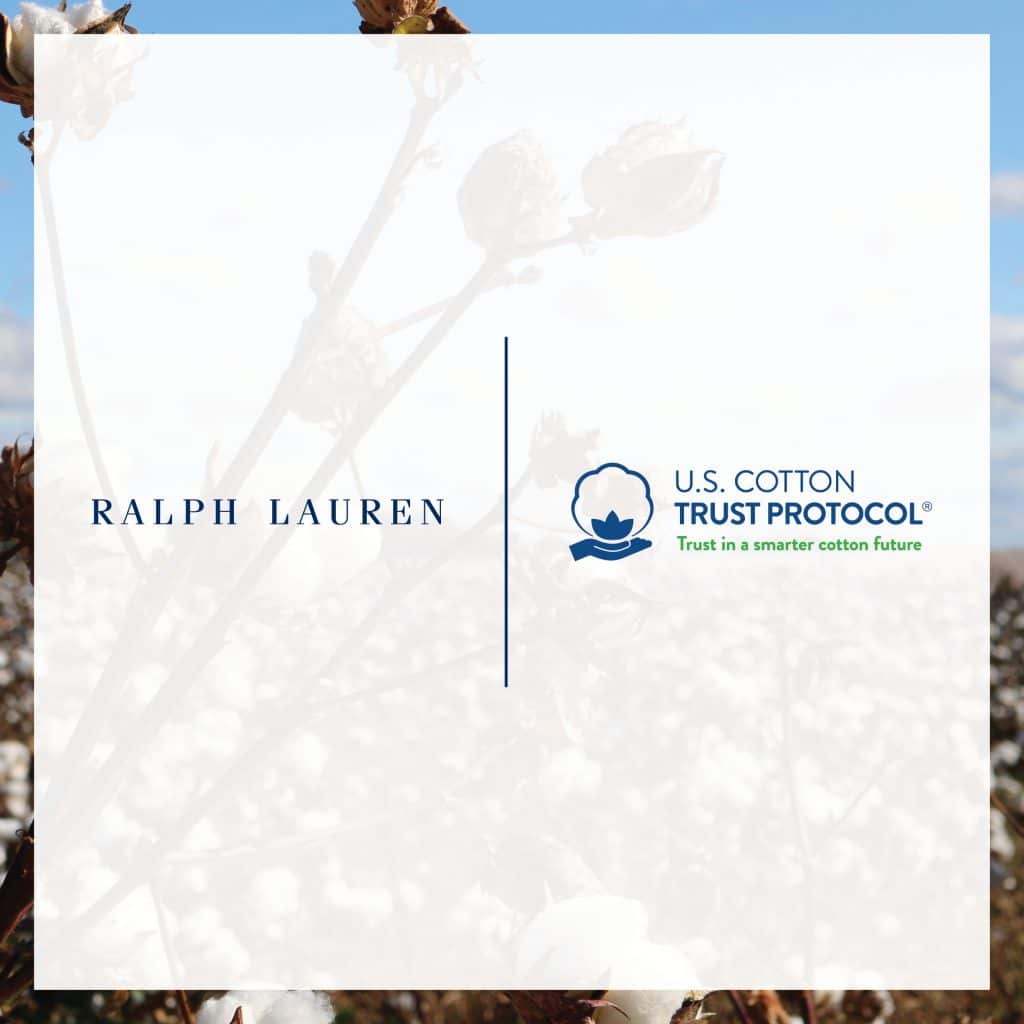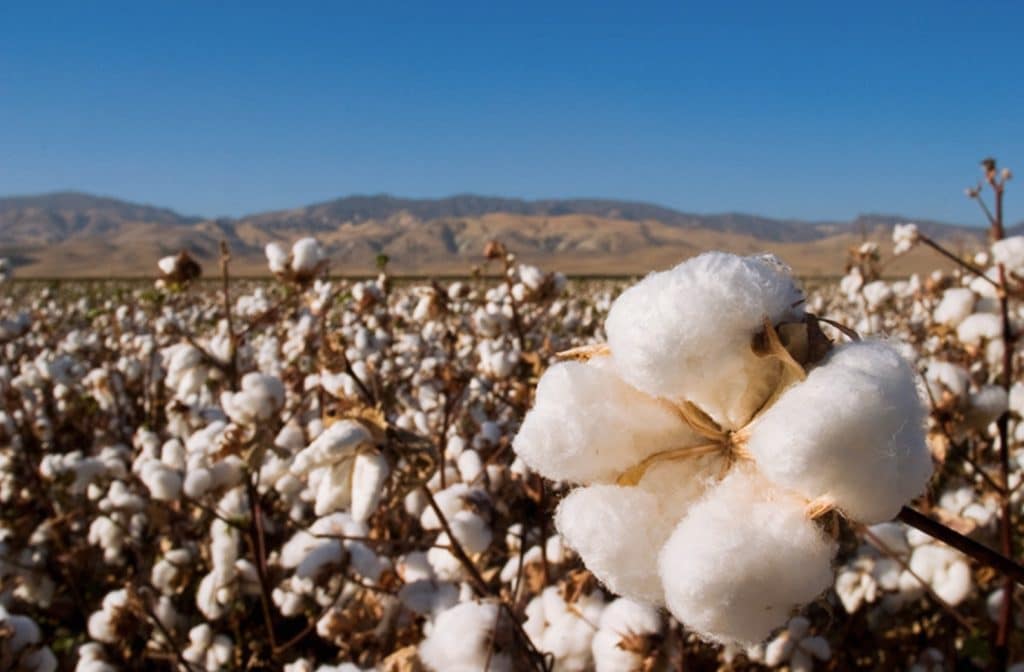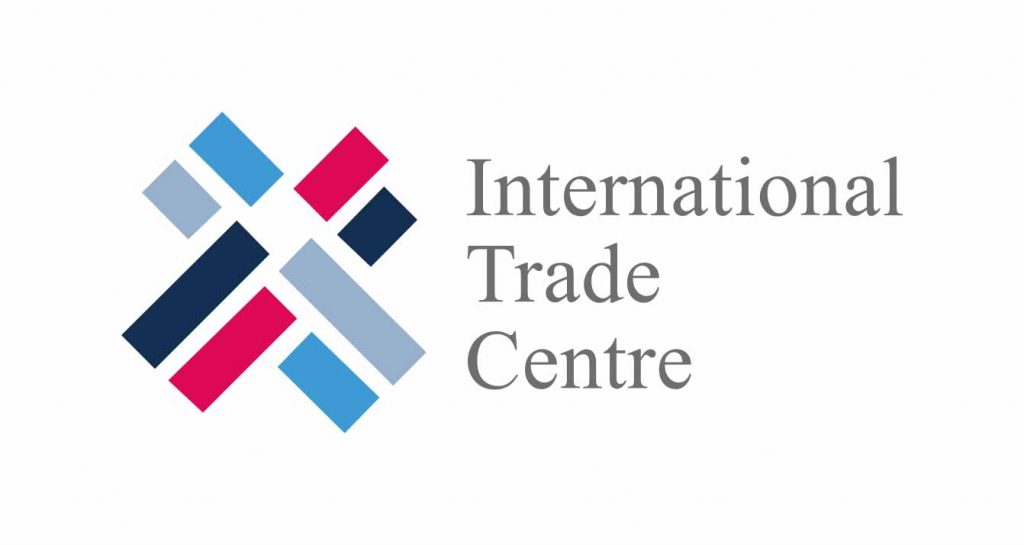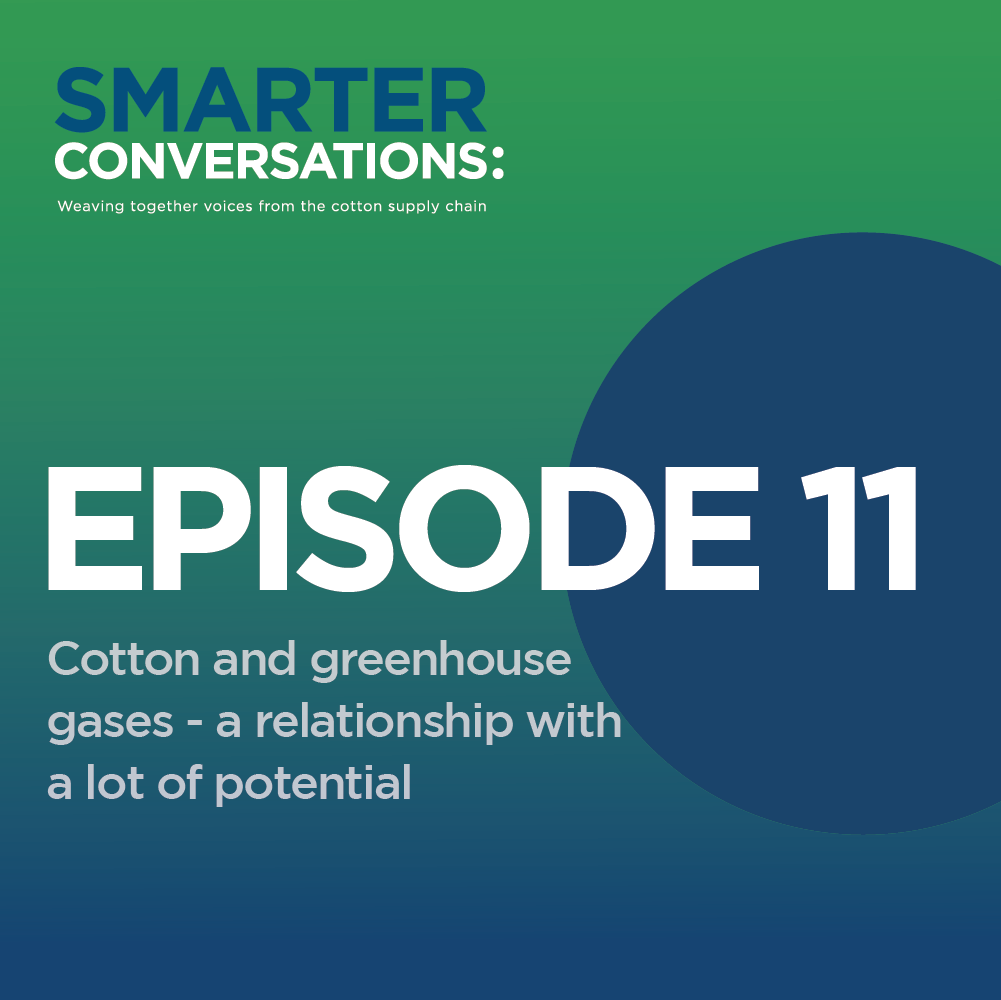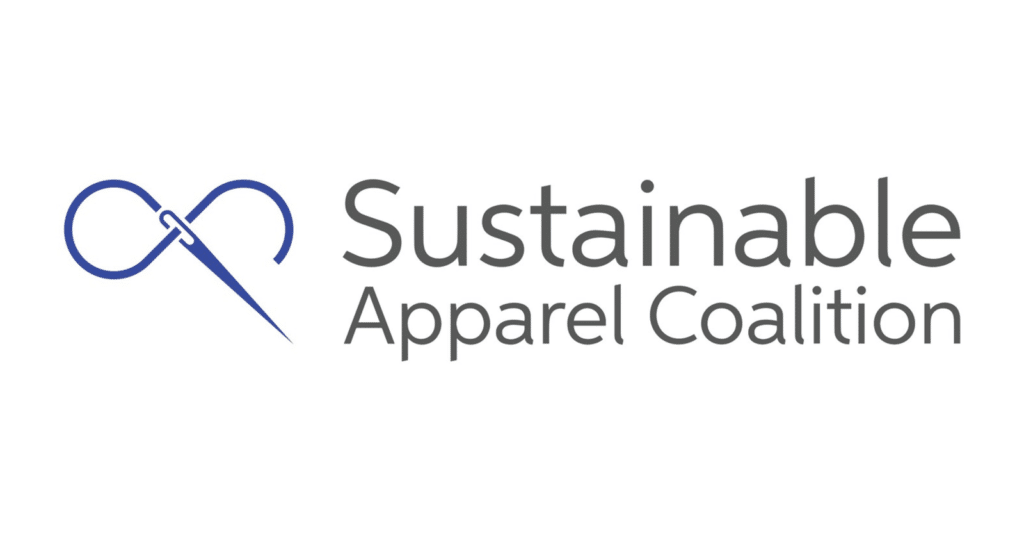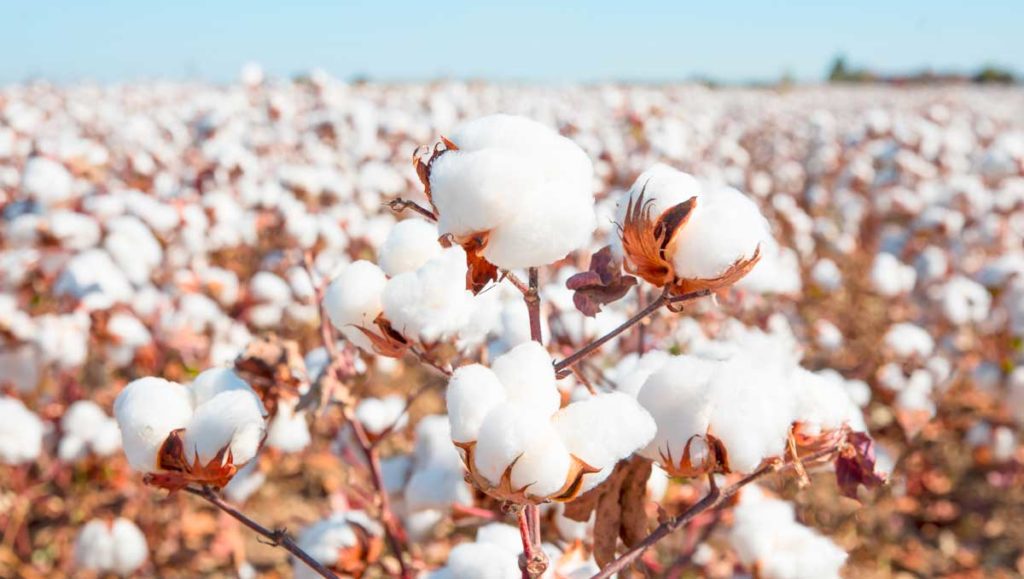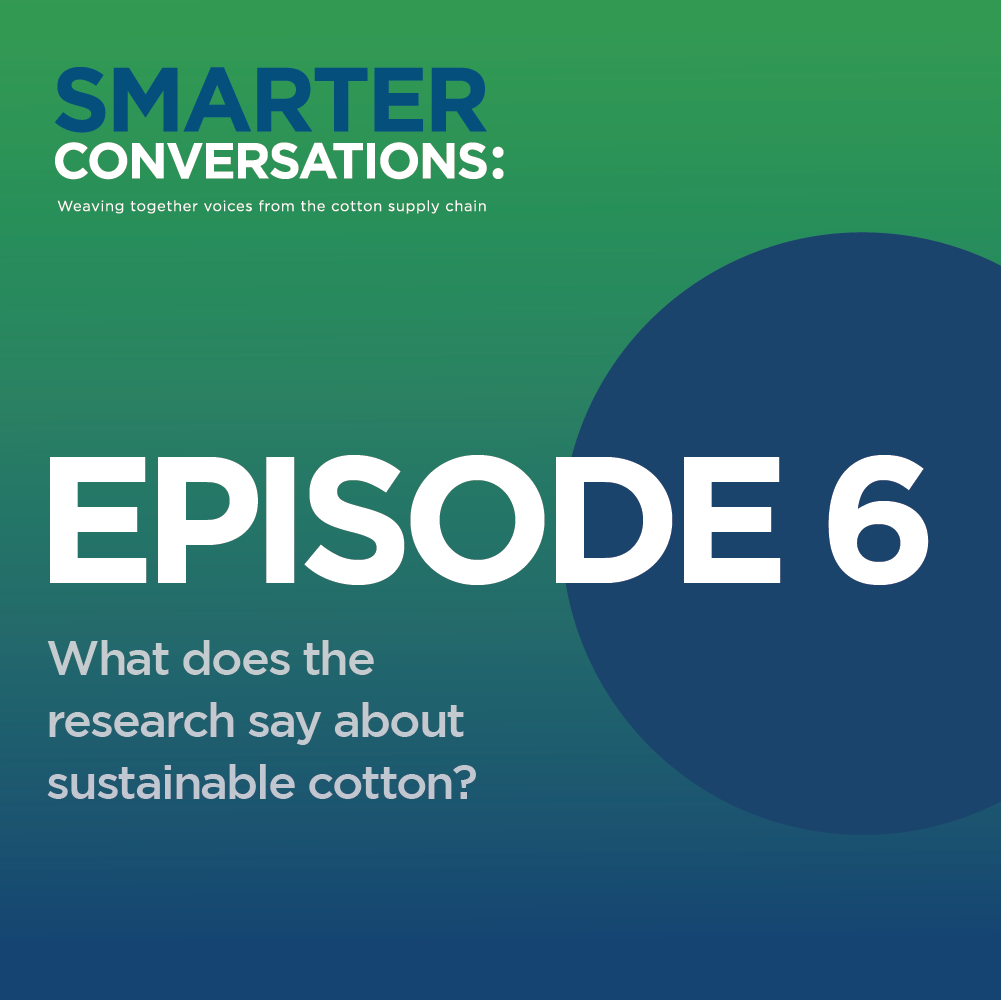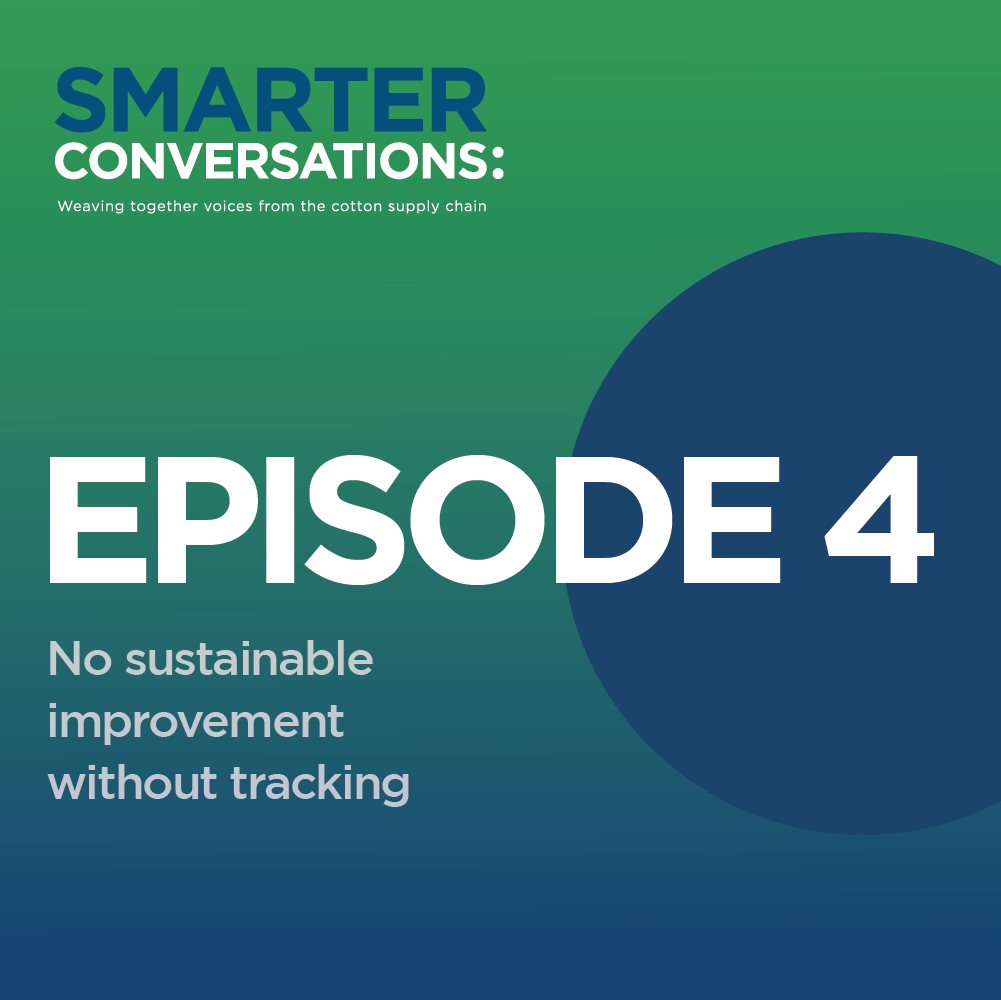Soil health is crucial for crop productivity, the livelihoods of growers, and the preservation of our planet. Growers invest significant time and effort in protecting soil health because it directly affects the behavior of soil, the types of plants that can thrive, and their growth potential. When soil is healthy, growers can maximize their production while minimizing their environmental impact.
Soil is comprised of many layers. The top layer, known as topsoil, is the most important to agriculture. As topsoil is lost, the remaining soil’s ability to retain nutrients and moisture is diminished. This can greatly reduce crop emergence, growth, and yield. It takes more than 500 years to create one inch of it, making it crucial to protect and conserve the soil. Promoting soil health and conservation, which helps ensure crop productivity, is essential for growers to maintain the economic health of their operations.
Soil conservation is measured by soil loss, which refers to the amount of soil eroded by wind and water. Scientists use two equations to predict annual soil loss on a farmer’s field. One equation estimates soil loss caused by water erosion, while the other estimates soil loss caused by wind erosion. Several factors influence soil loss, including the farmer’s tilling practices, the types of crops grown, irrigation systems and techniques employed, and the physical characteristics of the field. The equations also consider information about the field’s slope, historical climate data, and soil texture. By considering all these factors, scientists can estimate the amount of soil being lost, which provides growers with additional data on how and where improvements can be incorporated.
The 2025 National Goal is to reduce soil loss by 50% compared to the baseline in 2015. In the 2022-23 crop year, Trust Protocol growers successfully reduced soil loss by 79%.
These results were achieved by implementing additional growing techniques including planting cover crops, practicing minimum or no tillage, adopting rotational farming, adding wind barriers, and utilizing precision agriculture.
By promoting a diverse array of micro-organisms that form symbiotic relationships with cotton plant roots, no and minimum tillage practices improve soil structure. Preserving the integrity of the soil, rather than turning it over, helps retain carbon and reduces greenhouse gas emissions. Also, planting cover crops with minimum and no-tillage practices aids in removing carbon dioxide from the atmosphere. These practices have a significantly positive impact on biodiversity, soil health, and crop productivity.
Trust Protocol growers understand the importance of serving as environmental stewards to protect our planet for generations to come.
To learn more about the other five environmental metrics and data, check out the 2023 annual report.


